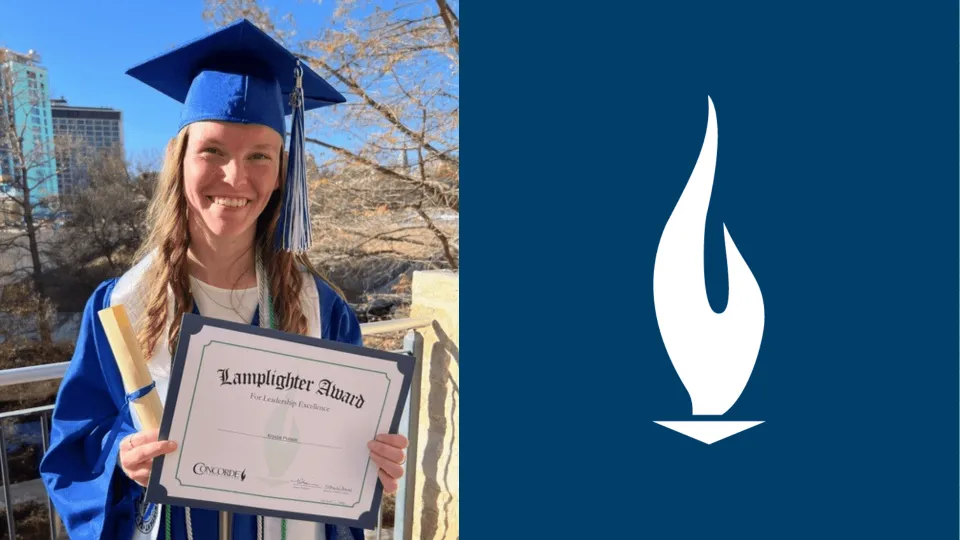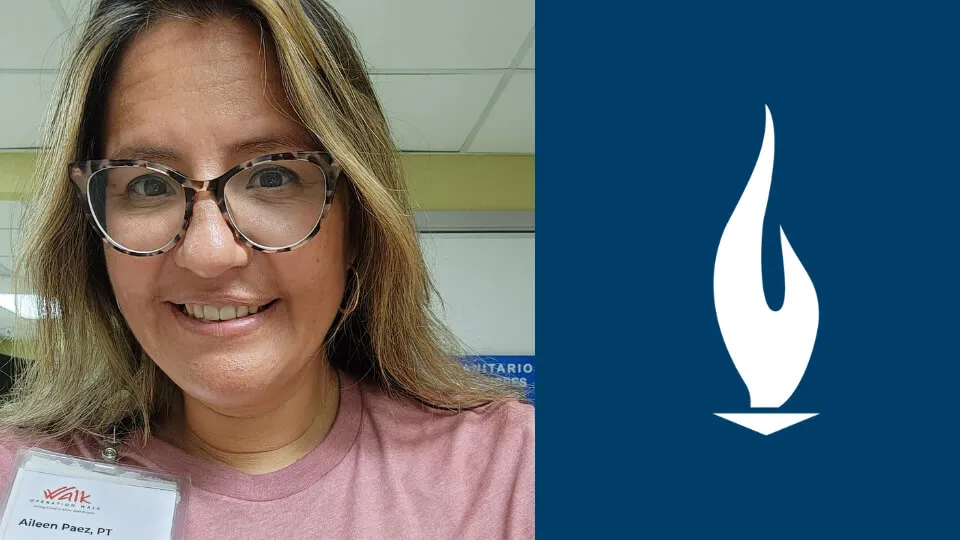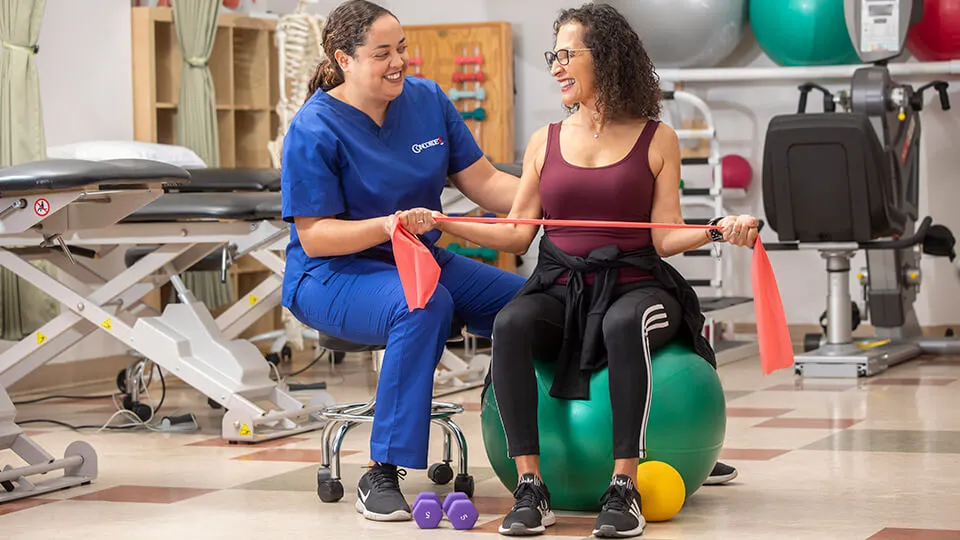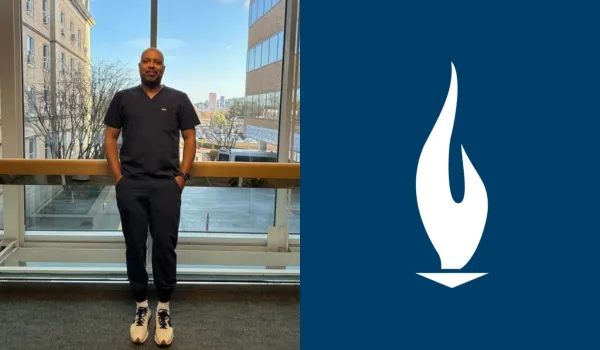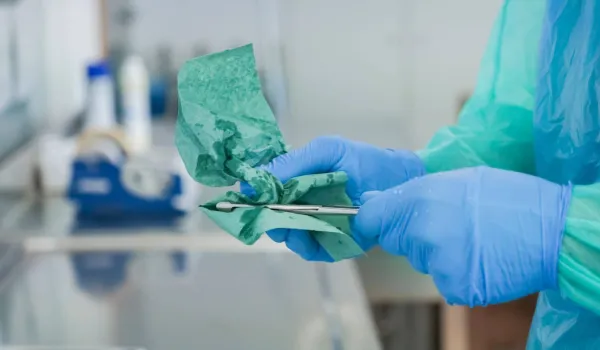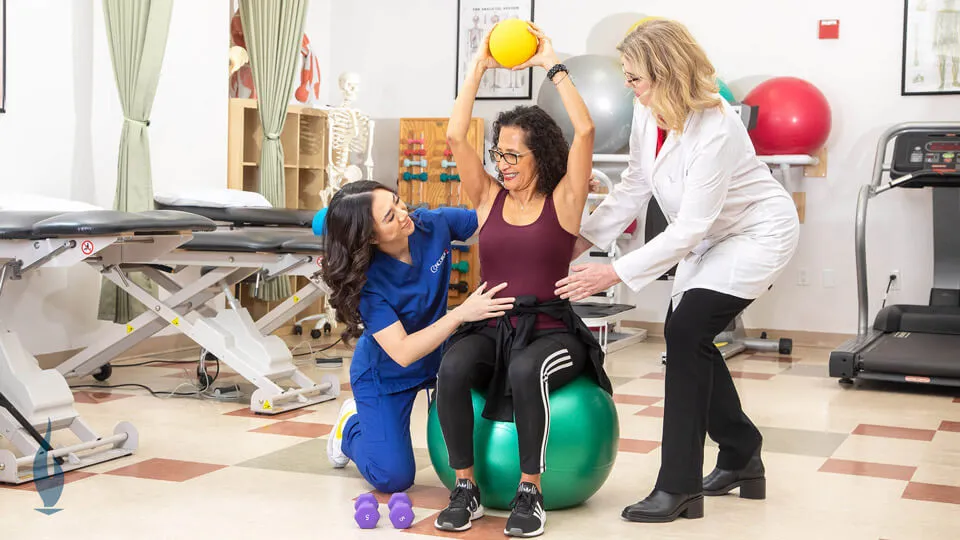
Becoming a physical therapist assistant is a rewarding career choice that suits anyone who enjoys working with others and helping people improve their quality of life. Physical therapist assistants are in demand and can work in various settings. With consistent hours, physical therapist assistants also enjoy a better work-life balance than many health care professionals. If you want to know how to become a physical therapist assistant, our guide can help you achieve your career goals.
What Is a Physical Therapist Assistant?
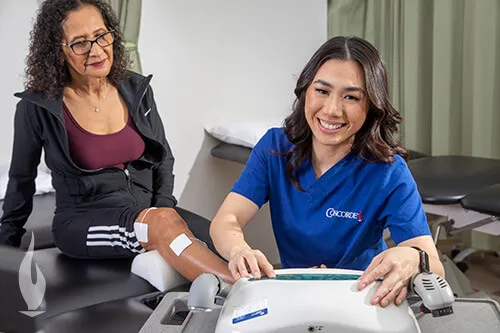
Physical therapist assistants, also called PTAs, help patients improve mobility and motor function. They might work with elderly patients whose function has deteriorated with age and people recovering from injuries or surgeries that have impacted their movements. Physical therapist assistants work directly with these patients, under the supervision of physical therapists, helping them feel comfortable and supported during their treatments.
What Does a Physical Therapist Assistant Do?
Tasks physical therapist assistants might perform include:
- Helping patients stretch their muscles.
- Massaging patients to alleviate pain.
- Leading patients through exercises according to their care plan.
- Applying ice and heat packs to reduce pain.
- Using electrical stimulation devices to block pain, improve circulation, and strengthen muscles.
- Teaching patients how to use aids, including wheelchairs and braces.
- Educating patients and their loved ones about post-treatment plans.
- Observing patients before, during, and after therapy and documenting their observations.
- Reporting patients' progress to the supervising physical therapy.
How To Become a Physical Therapist Assistant
If the work of a physical therapist assistant appeals to you, follow these steps to complete your training and secure a job in this field:
Earn a Physical Therapist Assistant Associate Degree
Completing a physical therapist assistant associate degree accredited by the Commission on Accreditation in Physical Therapy Education (CAPTE) is the first step to becoming a physical therapist assistant. This degree program provides the opportunity to learn fundamental technical knowledge in therapeutic exercise, mobility training, functional training, ambulation training, and daily living activities. A combination of classroom instruction, lab study, and hands-on training at clinical sites helps reinforce lessons and improve student outcomes. Completing a physical therapist assistant associate degree usually takes two years or five semesters. However, program length can vary depending on the education provider.
Interested In How To Become a Physical Therapist Assistant?
Click here to explore Physical Therapist Assistant Programs near you!
Pass the Licensing Exam
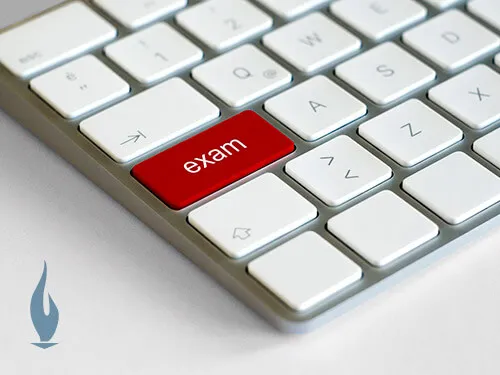
Want to Ace Your Next Exam? Read This!
Completing a physical therapist assistant associate degree prepares aspiring physical therapist assistants for the National Physical Therapy Exam. Passing this exam, administered by the Federation of State Boards of Physical Therapy (FSBPT), is mandatory for practicing physical therapists and physical therapist assistants throughout the United States.
Schools create FSBPT accounts for their students by the end of their first year of study and verify they're on track to graduate and complete the exam as they approach their graduation. Students are responsible for completing their profiles and registering for the exam. After receiving notification of their eligibility, they can schedule their exam through their FSBPT account dashboard. Exam scores get posted on this dashboard two weeks after completing the exam.
Gain a License
Completing an accredited study program and passing the National Physical Therapy Exam are just some of the requirements for licensure. Individual regulatory boards manage licensure in their own states and have different requirements. The FSBPT website lists the names and contact details of every state board. Aspiring physical therapist assistants can call or visit the website of their state's board to learn how to gain their license. Completing all paperwork and attaching all required documents can streamline license applications. Licensed physical therapist assistants must renew their licenses regularly to continue practicing.
Develop Desirable Skills
Developing skills that are in demand for physical therapist assistants can help licensed physical therapist assistants secure jobs. For example, weight training or distance running can improve strength and stamina. Volunteering at a hospital or nursing home can improve a PTA's ability to interact with patients and show compassion. Volunteer work or casual jobs can also help PTAs develop relevant transferable skills such as communication and multitasking.
Prepare To Enter the Workforce
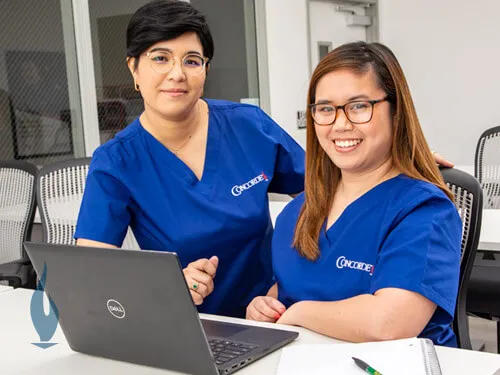
How to Optimize Your Healthcare Resume
Good preparation helps physical training assistants enter the workforce. While developing in-demand skills, many licensed PTAs focus on sharpening their resumes. With a professional resume, they can start applying for the PTA roles that interest them. Writing cover letters tailored to each role can help them show employers they are the most qualified candidate for a vacant PTA position. Reading example questions and role-playing interviews with friends can help candidates feel prepared and confident when they're invited to interview for a role.
Continue Your Education
Most states require personal training assistants to participate in continuing education to renew their licenses. PTAs can continue learning through courses and attending events such as seminars and conferences. Even if further education isn't a requirement for maintaining your license, it's a good idea to continue learning to understand the latest developments and best practices in the industry.
Concorde's Physical Therapist Assistant Associate degree program provides the opportunity to learn and practice fundamental physical therapist assistant skills in just 20 months. This comprehensive program is accredited by the Commission on Accreditation in Physical Therapy Education. Financial aid and scholarship programs are available to qualifying students. Submit your contact details online to learn more about enrolling in physical therapist assistant programs at select Concorde campuses in California, Colorado, Florida, Missouri, Tennessee, and Texas.
Work Environment of Physical Therapist Assistants
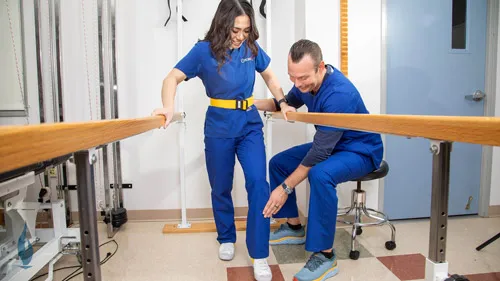
Physical therapist assistants work in several different healthcare and home settings. According to the U.S. Bureau of Labor Statistics, most physical therapist assistants work in a private office setting. These offices might provide focused physical therapy services or various health care services. Offices focused on sports medicine also employ physical therapist assistants to help athletes recover from sporting injuries.
Roughly 20% of physical therapist assistants work in hospitals. They usually specialize in treating a specific type of patient, such as patients in the emergency department, people relearning common tasks following stroke, or people recovering from accidents in the acute rehabilitation ward.
Because mobility tends to deteriorate with age, there's also demand for physical therapist assistants in nursing homes. These professionals provide long-term care to patients, especially those with chronic conditions such as arthritis and osteoporosis that impact their movements. They might also assist residents who are recovering from falls and other setbacks.
Other organizations that employ physical therapist assistants include:
- Outpatient clinics.
- Home health agencies.
- School systems.
- Private practices.
Learn more about where a pta can work.
Physical Therapist Assistant FAQs
What's a typical physical therapist assistant work schedule?
Many physical therapist assistants have consistent, dependable hours. This is often within regular business hours, although some physical therapist assistants might work evenings and weekends to accommodate their patients' schedules. Irregular hours are more common for physical therapist assistants in hospitals, especially those working in the emergency department, which operates 24 hours a day, seven days a week.
Most physical therapist assistants work full-time hours, or at least 40 hours a week. Part-time positions are also available for professionals preferring fewer hours.
What's the difference between a physical therapist assistant and a physical therapy aide?
Physical therapist assistant and physical therapist aide are two similar job titles, but their roles differ significantly. Physical therapist aides do not treat patients as physical therapist assistants do. They might interact with patients only when helping them move to or from a therapy area or scheduling their appointments. They also prepare the treatment area by cleaning and setting up equipment. Physical therapist assistants require an associate degree and a license, while physical therapist aides only need a high school diploma or its equivalent.
“13 Pros and Cons of Being a Physical Therapist Assistant,” NursingProcess.org, https://www.nursingprocess.org/physical-therapist-assistant-pros-and-cons.html
“How Electrical Stimulation is Used in Physical Therapy,” VeryWell Health, https://www.verywellhealth.com/electrical-stimulation-2696122
“Physical Therapist Assistants and Aides,” U.S. Bureau of Labor Statistics, https://www.bls.gov/ooh/healthcare/physical-therapist-assistants-and-aides.htm
“Becoming a PTA,” American Physical Therapy Association, https://www.apta.org/your-career/careers-in-physical-therapy/becoming-a-pta
“Licensure,” American Physical Therapy Association, https://www.apta.org/your-practice/licensure
“About the National Physical Therapy Examination,” American Physical Therapy Association, https://www.apta.org/your-practice/licensure/national-physical-therapy-examination
“About PT and PTA Licensure,” American Physical Therapy Association, https://www.apta.org/your-practice/licensure/pt-and-pta-licensure
“Physical Therapist Assistant Skills: Definition and Examples,” Indeed, https://au.indeed.com/career-advice/career-development/physical-therapist-assistant-skills
Take The Next Step Towards a Brighter Future
Interested in learning more about our Physical Therapist Assistant program?
We have a Concorde representative ready to talk about what matters most to you. Get answers about start dates, curriculum, financial aid, scholarships and more!

